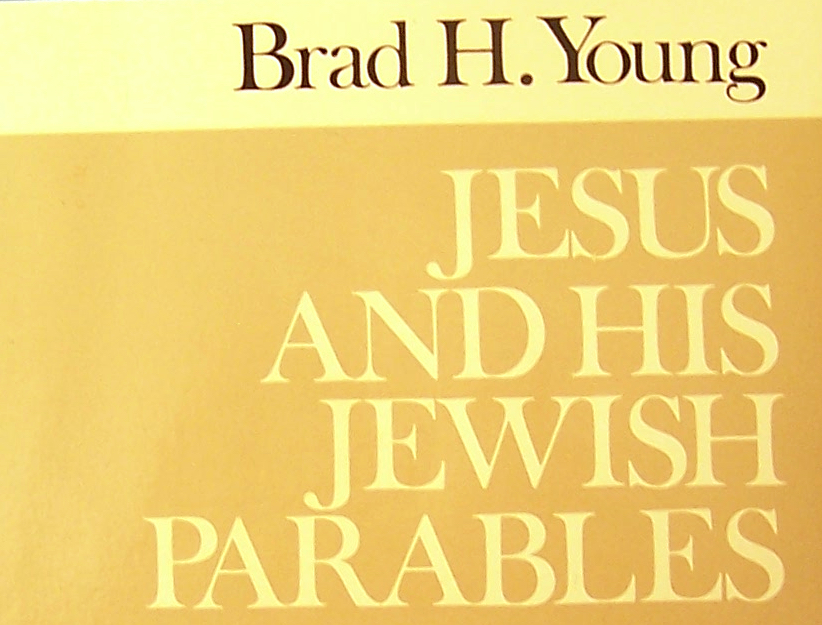The parables of Jesus have inspired preachers, poets and believers through the ages. At the same time, the parables have often been a source of considerable controversy and confusion. It is ironic that the simple illustrations used by Jesus have proven so difficult for his followers to understand.
This has happened largely because the parables have been so far removed from their original setting, and interpreters of the Bible with little or no knowledge of the Jewish background to the Gospels have struggled to understand Jesus’ words. The problem began with the very foundation of the Church. The Church fathers, who freely allegorized the parables, had little contact with the world of Jewish learning. Sadly, their oversight has been compounded by almost every following generation of Christians, often with disastrous consequences.
With the arrival of the Enlightenment, some scholars began to look at the parables in their Jewish setting. Yet much of this scholarship, such as that of the influential John Lightfoot, is tainted with anti-Jewish prejudice. This ignorance and prejudice concerning the Judaism of Jesus’ day continues to be perpetuated today in many Bible colleges and seminaries.
Premium Members and Friends of JP must be signed in to view this content.
If you are not a Premium Member or Friend, please consider registering. Prices start at $5/month if paid annually, with other options for monthly and quarterly and more: Sign Up For Premium

- [1] For a second review of Young's book, see David Flusser's "Book Review: David Flusser’s Personal Perspective on Brad Young’s Jesus and His Jewish Parables." ↩
- [2] See Brad Young, "Understanding Parables." ↩



